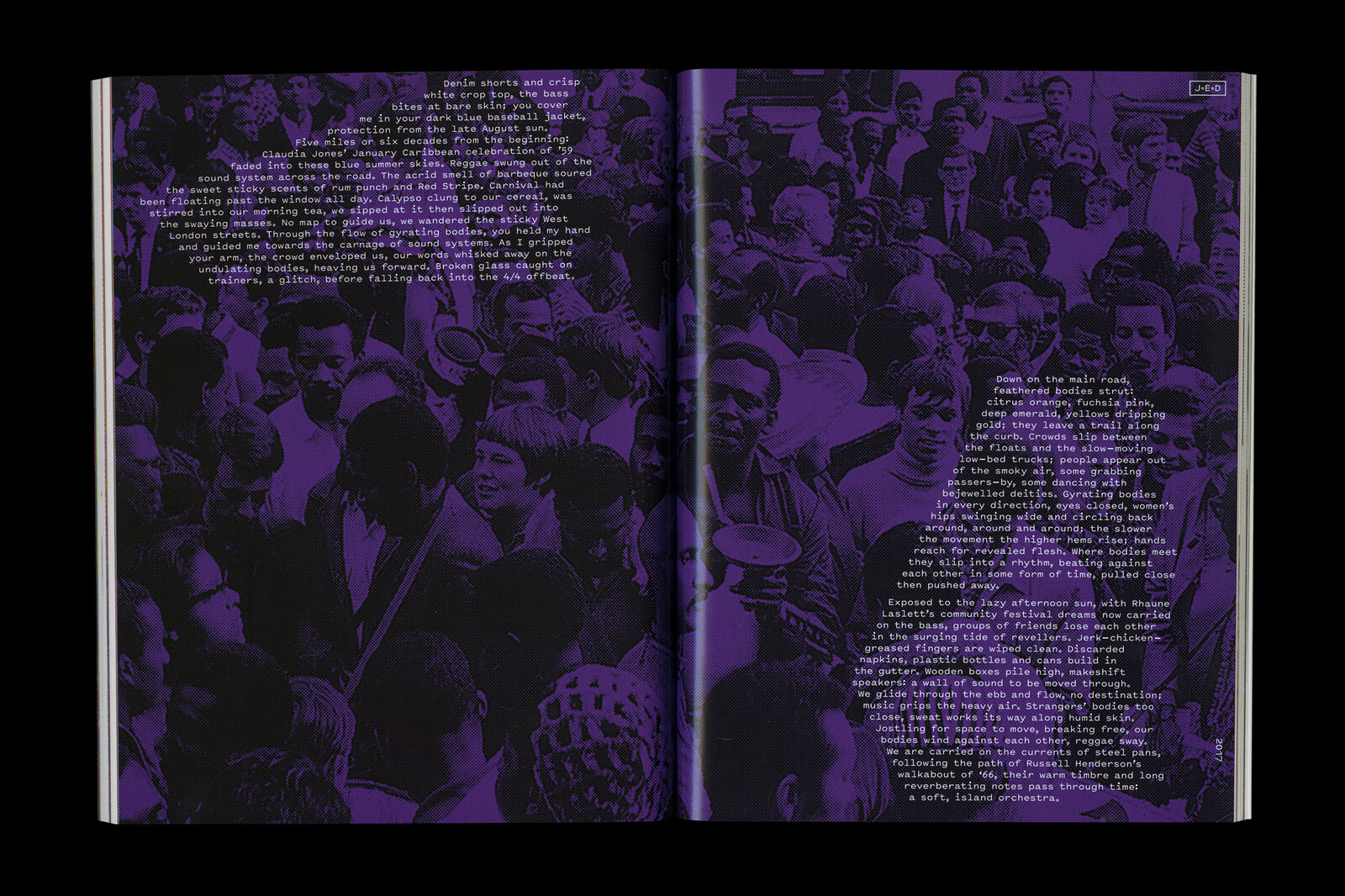Office Hours: Dr. Emily LaBarge: Royal College of Art
1. Why did you decide to go into teaching?
It was an accident! I was lucky to encounter teaching opportunities while I was doing my PhD: I worked with the second-year MA Writing students on their annual collaborative project, which was to make a book. I loved the format of this project. It was so open, based around ongoing conversations, brainstorming, group crits of concepts and pieces of writing. It also involved problem-solving both intellectual and practical—devising the publication from content to form, its graphic design, printing, and distribution, and launch events. It was more like working alongside and with the students than instructing them: I was there as a mentor or a guide to help them make decisions on their own, not as someone to dictate hierarchically or intervene from above. This has remained my approach as a teacher.
Once my thesis was finished, I continued teaching in various capacities—because I enjoyed it and because I needed the work. At the Royal College of Art, like many other art schools, a lot of the staff are part-time because they have parallel lives as practitioners in art, design, architecture, etc. This external work is vital and feeds into the teaching that you do, and vice versa. I’m often surprised, enriched, and heartened by exchanges with my students. It keeps me thinking and learning too.
2. What drew you to your school and what is your teaching philosophy?
The MA Writing program at the RCA is the only one of its kind in the United Kingdom. We combine a deep interest in literature with an investment in art, criticism, fiction and nonfiction, and experimental and interdisciplinary work. We’re interested in thinking about the place of culture in the wider world and the place of art in relation to other disciplines. Most of all, our focus is on writing as a practice—as a form and a medium on its own terms, with many different outcomes. This has always been exciting to me, and an art school is uniquely suited to this kind of study.
My teaching philosophy is loose, constantly changing, and non-prescriptive. I believe what bell hooks wrote in Teaching to Transform:
The classroom remains the most radical space of possibility in the academy … As a classroom community, our capacity to generate excitement is deeply affected by our interest in one another, in hearing one another’s voices, in recognizing another’s presence … Engaged pedagogy does not seek simply to empower students. Any classroom that employs a holistic model of learning will also be a place where teachers grow, and are empowered by process.
The classroom is not mine, it belongs to everyone in it. I want to give students enough space so that, as a teacher, I become invisible; that the room is purged of the categories and forms of valuation to which institutions and institutionalization are so wedded; that others might lead and I follow.
Read more of Dr. Emily LaBarge’s Office Hours on School Watch.
Office Hours is a questionnaire series that gathers insights on teaching from artists. In response to ten prompts, educators reflect on the discourses and approaches that animate their teaching, share their visions for the future of art education, and offer advice for students navigating the field of contemporary art.
School Watch presents critical perspectives on art and academia. Featured profiles, surveys, and dialogues consider education in fine art, curating, and critical theory, as well as the ideas and conditions that influence practice.


